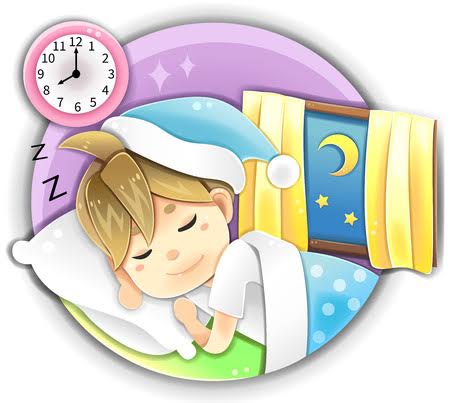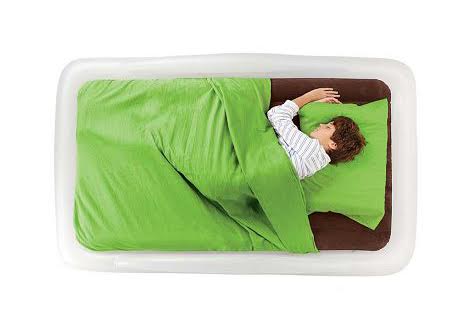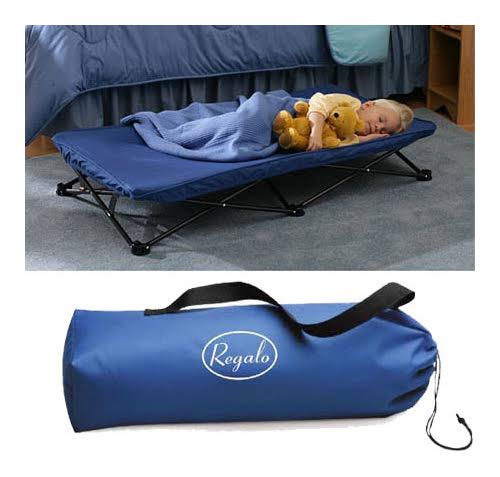Disclosure: In any review for a product or service, products or compensation may have been provided to me to help facilitate my review. All opinions are my own and honest. I am disclosing this in accordance with FTC Guidelines. Please see “Disclose” and "Terms of Use" tabs for more information.
Any parent that decided to remain active after they world has been turned upside down when they brought a child into the world knows the struggle.
The struggle of trying to balance between the needs and wants of your child and Sisyphean efforts to keep doing what you love doing. Traveling, hiking, whatever it is, chances are your schedule has suffered.
But when the moment comes and you can finally start bringing your toddler on trips, it’s crucial that you know what you’re doing when preparing for the trip.
So, instead of learning from your mistakes, in this guide will address one of the most important aspects to plan – SLEEP.

It’s hard enough getting them to sleep as is, let alone in strange new place on a different bed.
But if you play your cards right, they might end up liking the new bed more then they like the one at home.
So, let’s dive right in and talk about the one thing that can make or break your trip – the choice of travel bed for your kid.
We’ll be analyzing the pros and cons of three main styles of travel beds for toddlers:
-
Air mattresses
-
Foam folding travel beds
-
Cots for toddlers
So, let’s dive right in, we’ve got a lot of ground to cover.
Airbeds for kids
One of the most popular options, mainly because of its convenience, is a toddler air mattress or a blow-up bed as you might hear people calling it.

Three main fortes of this choice include:
-
Easy to use, practical and pack small – they usually come with a pump that also deflates the bed, so they pretty much pack to the original size. They pack neatly and can easily be carried in a suitcase, which makes them convenient for air travel.
-
Safety – when we say safety here, we refer to two aspects. The first one comes from the fact that airbeds for kids usually come with side rails (see the image above) and that keeps even the restless sleepers from rolling over during the night. The other safety aspect is the concern about the chemicals – the industry of inflatable furniture has changed a lot during the last few decades and no hazardous substances are used in the production (the bed in the image above – Shrunks Tuckaire toddler is an extreme example of that – it is eco-friendly and chemical-free and it comes with an optional sleeping bag).
-
Easy to clean, doesn’t hold smell – if your little one is still prone to accidents, an air mattress without a flocked top but with a fitted cover (Aerobed usually makes this type of inflatables) is your best bet. That way, if a wet mishap happens, you can just throw the cover into the washing machine and clean the smooth surface of the PVC (something you can’t do with the two other styles we’ll talk about in a minute).
Potential negatives:
-
Plastic smell – not a big issue per se, you can resolve it by airing the bed out for a few hours ( a day in extreme cases) until the smell of plastic is gone. But it can be worrisome if you don’t know the facts, the plastic smell will be there (it’s PVC after all), but what’s important is to pick a product that explicitly says that it is free of phthalates and BPAs (the mentioned Shrunks Tuckaire is a good example of that)
-
Potential air leaks – you don’t want to see your child waking up on the ground if the bed deflates during the night and you certainly don’t want that kind of trouble on a trip.
There are three pieces of advice we can give you here:
One – don’t buy the bed a day before you go on a trip. Getting it a few days or weeks before will both give your child a chance to get used to it and give you a chance to see how the bed works and if it loses air.
Two – don’t rely on the patch kit that usually comes included. Instead, get yourself a PVC patch kit from your local store.
Three – go to the websites that carry them and read the air mattress reviews – who could be a better source of information than the people using the products today. Spending some time on websites dedicated to reviewing the airbed and chose the ones that are top-rated. A half an hour extra of your time here will mean night of your child being sound asleep.
Conclusions about inflatables mattresses for kids
An airbed is the most popular choice among portable travel beds for kids, and for a few good reasons that we listed above.
Still, before deciding to go with it, think about the nature of your situation and needs.
For example, if you need it for a night or two and will probably never use it again, a simple cot might do the trick. Also, if you can spare the extra bucks for the comfort of your child and they are accident-free, a foam folding bed might be your best bet.
Folding travel beds – foam-based
Hands down the most comfortable choice, a foldable travel bed is made entirely out of foam and designed with side rails. Having said that, the foam is very soft and the sides are not that high, so there’s a chance or rolling over the edges.

Who is it for?
-
Families who have resolved the issue of nightly mishaps – cleaning this bed after an accident will prove to be quite a job and you’ll never get the smell completely out of the foam. If you still want the unparalleled comfort of the folding foam bed, it’s a good idea pairing it with a waterproof cover.
-
Families who are not on a tight budget, it’s the most expensive choice of the three
-
Families who don’t plan to take the bed on trips that involve air travel – it’s great for basking around the house, but it is bulky and can only be carried as a separate piece of luggage. Still a good option for camping.
If you do decide to go with this style, make sure that you choose quality (the bed in the image above, LeachCo BumpZZZ, is the one product that stands alone in the category).
Cots for toddlers – the budget solution
As we mentioned, a cot will most likely be a good choice if you need it for a sleep-over and you’re not very likely to use it often.

It’s made of steel and plastic and a lightly padded canvas on top. The canvas is not tight or padded enough and, unless your kid is still very light, chances are they’re going to feel the beams that run across the surface underneath.
It’s still comfortable enough for it not to be problem for most kids, but if your little one is a particularly choosy sleeper, you won’t get much peace.
If you choose a cot, the plus side is that they are so inexpensive that you can easily choose quality – the cot in the image above “Regalo My Cot” is a safe bet.
Packing – the cot folds up like a folding chair. It packs smaller than a foam folding bed but not as small as an air mattress. It packs just small enough for air travel to be an option.
Summing it all up
The purpose of this guide was not to tell you which portable bed to choose for your kid.
It was to give you guidelines about the right questions to ask yourself before you make the decision.
If we managed to do that, our work is done.
Happy trails.
















[…] portable toddler bed is suitable for camping, trips, sleepovers, and nap time. Moreover, it weighs only 5.99 pounds so […]